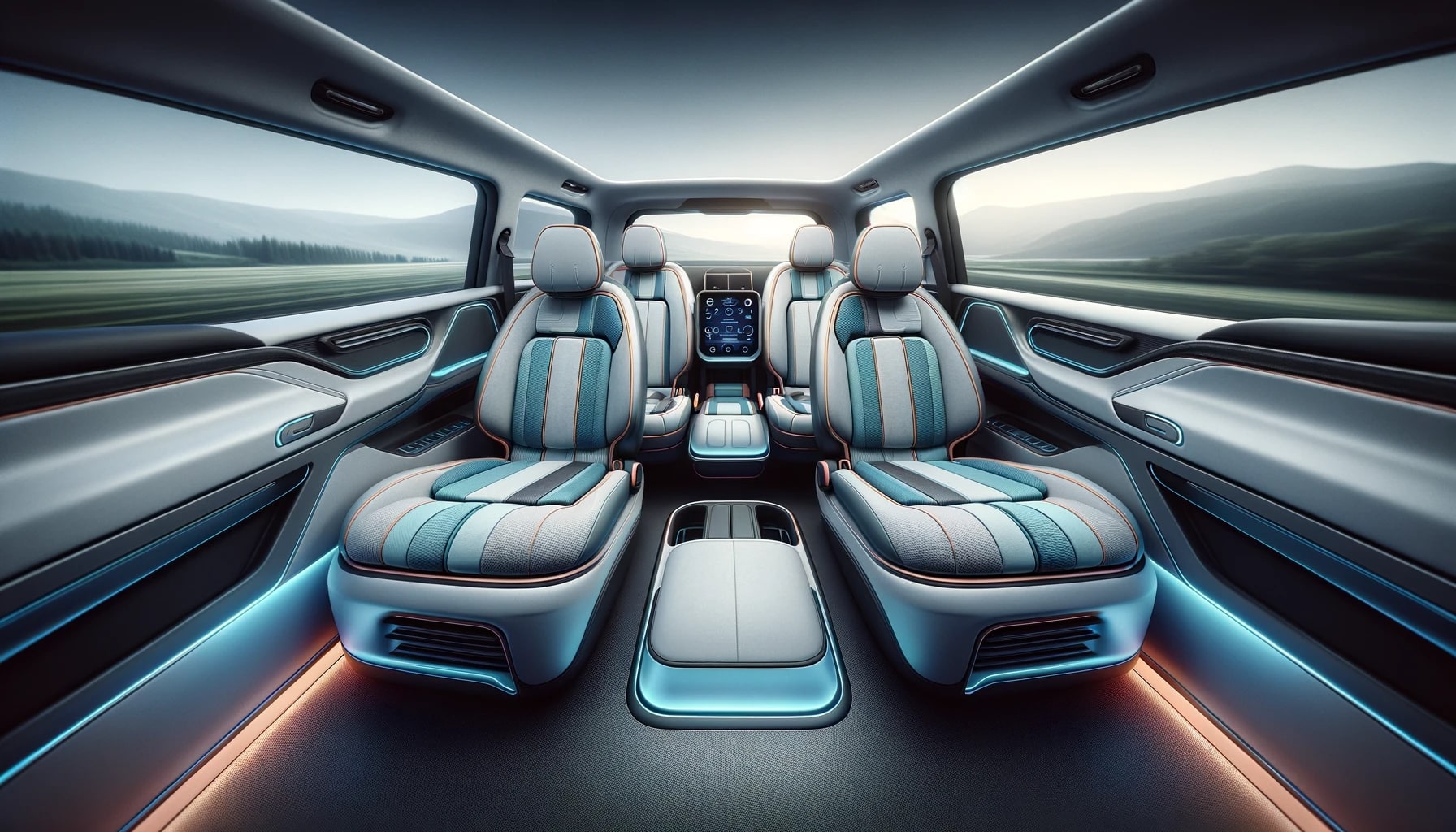Recent data from J.D. Power suggests a mixed trend for electric vehicle (EV) charging, with increased reliability for public chargers but a decline in the satisfaction and availability of Level 2 chargers. While public charging success has risen slightly, many users still encounter outages, which accounts for the majority of failed charging attempts. This indicates that while strides have been made towards better reliability, issues persist that hinder the overall EV charging experience.
Increasing Demand, Insufficient Charger Availability
The surge in electric vehicle adoption has not been matched by adequate charger installation, as noted by J.D. Power’s survey. It points out that one-fifth of unsuccessful charging efforts stem from simply not having enough chargers to meet demand, a trend that J.D. Power’s executive director Brent Gruber considers particularly troubling. This mismatch may serve as a bottleneck for EV uptake as potential users could be discouraged by the lack of available charging infrastructure.
Level 2 Chargers: Falling Behind User Expectations
Level 2 chargers, despite being more common than their faster DC counterparts, have experienced a drop in user satisfaction. The decrease in approval is significant over the past year, underlining the importance of not only increasing the number of chargers but also ensuring their consistent operation and maintenance. This decline in satisfaction could be detrimental to the user experience, especially for those who rely on these chargers for their regular charging needs.
Although there has been a 13% increase in public Level 2 chargers, this growth is overshadowed by the much faster expansion of DC fast-chargers. The data highlights the need to balance investments between different types of charging infrastructure to keep pace with consumer demand and preferences.
Gruber emphasizes the necessity of focusing on Level 2 chargers, which remain highly utilized by EV drivers. The satisfaction decline is a clear signal that current efforts to enhance the Level 2 charging network are insufficient. It’s crucial to address these issues to maintain the momentum in EV adoption and ensure a positive user experience.
Enhancing the network of Level 2 EV chargers is imperative in supporting the growing number of electric vehicles on the road. With EV adoption on the rise, ensuring that the charging infrastructure keeps up with demand is key to sustaining progress in the shift towards electric mobility.










